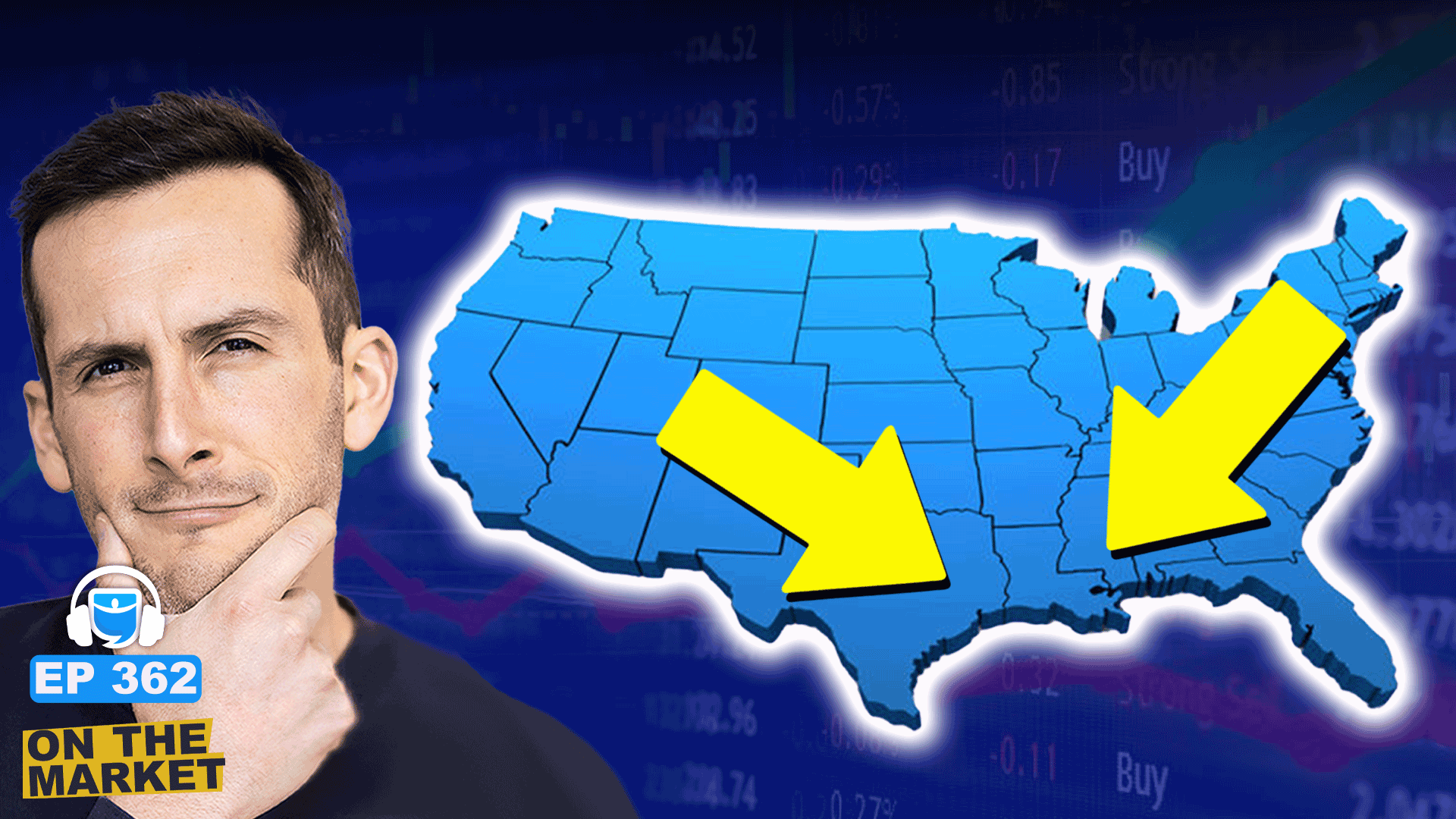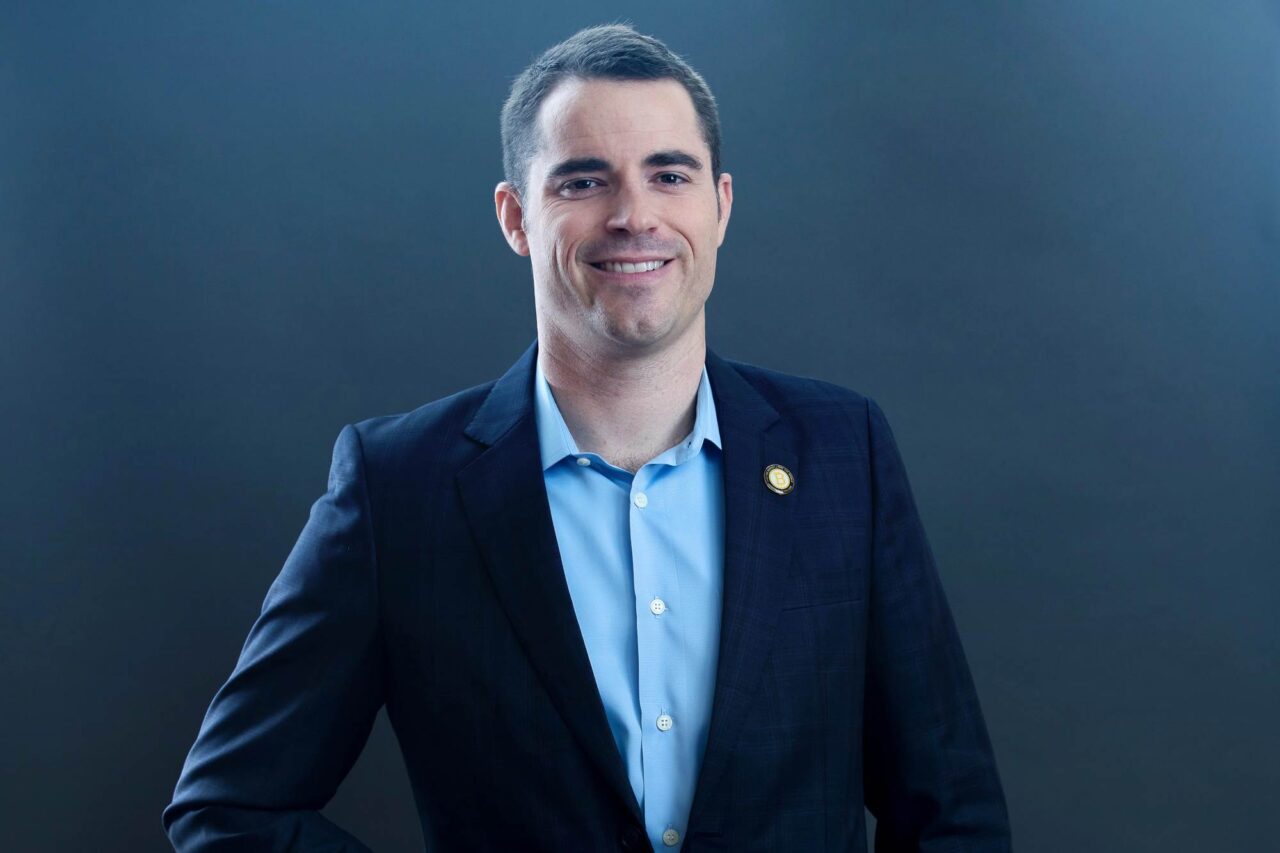If your foresight is strong enough to build a reliable Discounted Cash Flow (DCF) model, you likely don’t need one.
Why does this matter? Because genuine foresight is rare and too much faith in one spreadsheet can lead to overconfidence. In practice, genuine investing success hinges on blending intelligence (to analyze) with wisdom (to interpret), setting realistic expectations, and exercising discipline to buy at a sensible price and hold patiently for value to accrue.
Above all, stay humble, because there’s a fine line between confidence and arrogance.
The Illusion of Precision
DCF valuation helps you figure out what an investment is worth today based on projected cash flows by adjusting for risk and time. For instance, suppose you expect an asset to earn $10 cash flow in one year, but it isn’t guaranteed, while your alternative is a safe 5% annual return. Discounting $10 by 5% brings its present value to about $9.50, which better reflects its true worth (fair value) right now.
Yet, predicting those cash flows is like trying to forecast the weather decades from now: you can have all the detailed maps, but a single unforeseen “climate shift” can disrupt your entire model. Similarly, in investing, global events, emerging competitors, or regulatory changes can upend even the most elaborate DCF assumptions, revealing how fragile long-term certainty truly is.
The Terminal Value Trap: Why 80% of DCF Valuation Could Be a Mirage
A critical weakness in many DCF models lies in the terminal value — an estimate of a company’s worth far beyond the initial forecast period. Often accounting for up to 80% of the total valuation, terminal value typically rests on two big assumptions:
The company will survive and thrive for decades.
You, as an investor, will stick around long enough to reap those returns.
Both assumptions deserve scrutiny. In the United States, about 10% of companies go bankrupt each year, implying that only 35% survive a full decade. In other words, many businesses never fulfill their rosy terminal-value predictions. Meanwhile, investor holding periods have collapsed from eight years in the 1950s to just three months in 2023. If shareholders aren’t in the game long enough to capture those distant cash flows, how valuable are these projections in reality?
Figure 1. In a World of Short-Termism, Does DCF’s Back-Loaded Valuation Make Sense?

Source: Source: U.S. Bureau of Labor Statistics, NYSE, Barron’s
When DCF Valuation Misses the Mark
Kodak, a 140-year-old legend, valued at $30 billion in 1997, seemed like a sure bet if you only looked at film-based cash flows. A DCF in the early 2000s might have shown stable returns for years to come. Instead, digital imaging soared at breakneck speed, and Kodak filed for bankruptcy in 2012. Here, the model’s terminal value assumptions collided with swift technological disruption.
BlackBerry experienced a similar fate. By 2006, it owned more than 50% of the smartphone market and was lauded as a “pioneering world leader in mobile texting services.” A DCF model might have priced in years of continued dominance. But with the iPhone’s 2007 debut and BlackBerry’s refusal to adapt, its market cap peaked at $80 billion in 2008—only to lose 96% of its value within four years. The once-rosy terminal value proved illusory when a new competitor rewrote industry norms.
In both cases, the assumption that these companies would retain their competitive edge for the long haul proved disastrously wrong, highlighting how DCF valuation and reality can diverge if industries pivot faster than spreadsheets anticipate.

DCF: A Guiding Principle, Not a Blueprint
To be fair, some investors argue that even imperfect inputs into DCF models force a disciplined look at a company’s economics. That’s a valid point, but for most stocks — especially in fast-evolving sectors — DCF valuation often becomes a purely academic exercise, disconnected from the actual turbulence of markets.
Still, DCF can hold philosophical value: it underscores the importance of cash flow in a company’s well-being. However, pinning down one precise target is like describing a constantly shifting landscape. You capture only a snapshot, not the entire panorama.
Is There a Better Way to Value an Asset?
Instead of treating valuation as a final answer, think of it as a guiding principle. In a world overwhelmed by data, wisdom — knowing which information matters most — remains scarce. Markets can flip on a dime, so a humble mindset works best. Explore industries with real upside, buy at a sizable discount to a range of fair-value estimates (not just one “magic number”), and continuously refine your assumptions as conditions evolve.
While this article focuses on DCF valuation, keep in mind there are other frameworks like sum-of-the-parts, residual income, and scenario analysis. These can provide additional perspective. No single formula has all the answers.
Assessing Terminal Potential with “Realistic Imagination”
Terminal value still matters, but it works best as a qualitative marker instead of a hard metric. Think of it as “realistic imagination” — evaluating how a sector or product might evolve, considering whether consumer needs or regulatory landscapes will shift, and gauging a company’s adaptability. By envisioning multiple possible futures instead of an “everything-goes-right” spreadsheet scenario, you guard against overconfident projections.
Identifying Winners: Knowing What to Pay For
After spotting a sector with genuine long-term potential, the next step is figuring out which specific companies can endure shifting market conditions.
When attempting to gauge a company’s long-term potential — beyond the confines of any single valuation model — it helps to look at common characteristics among those that consistently defy short-term market noise and deliver enduring results. Amazon, Apple, and Tesla serve as prime illustrations of how these traits manifest in the real world.
Figure 2. The Shared DNA of Amazon, Tesla, and Apple

Source: Company Websites and Annual Reports
Just as investors gain from taking a longer view and maintaining a margin of safety while taking calculative risks, companies that do the same often stay more resilient when the economy turns rough. Yet even powerhouse brands like Amazon, Telsa, and Apple can face a “Kodak moment” if they drop the ball and slip behind the curve in retaining their relevance.
Identifying Winners: Knowing How Much to Pay
Before we delve into quantitative frameworks, agreeing on a psychological framework is important. Here are the key components to a sound psychological framework:
Operating cash flow (OCF) should be your foremost investment screen.
If a company can’t generate enough OCF to cover its day-to-day expenses, hold off.
You might forgo the earliest rally, but once a high-quality business reaches OCF breakeven, there’s still plenty of upside ahead – without the existential risk of permanent capital loss.
No return is high enough to justify investing in a company that can’t fund its own operations.
Figure 3.

Every asset has a rough “fair value.” The key is to buy below that threshold. We all have limited visibility into the distant future, so trying to forecast over very long-time horizons can be foolhardy. Instead, focus on companies in sectors with ample runway, and aim to estimate a realistic “normalized cash yield.”
What is a “normalized cash yield”? let’s look at a simple analogy: a bank deposit with a 5% interest rate yields a predictable 5% “normalized cash yield.”
With equities, there is no guaranteed yield. You need to approximate how much cash the company can realistically generate over a business cycle, typically a three- to four-year cycle, and compare that figure to the current market valuation. In financial terms, figure out the 3-4 year average cash yield. If this yield beats your cost of capital and other accessible investments — while factoring in difference in growth prospects and transaction costs — you’ve built a margin of safety into your investment.
Think Longer: Building a Focused, Resilient Portfolio Over Time
In today’s environment of rapid trading, many investors chase short-term gains from multiple expansion, redistributing value rather than creating it. While not everyone can invest for decades, a five-year horizon is often a sweet spot. It offers enough time for real fundamentals to shine, reduces the noise of daily price swings, and allows compounding to work its magic.
Historical S&P 500 data spanning 100 years backs this up. Longer holding periods generally improve the risk-return balance. Time acts as a powerful filter, smoothing out short-term volatility that can prematurely derail a promising investment.
Figure 4. 100 Years of S&P 500: Holding Period vs. Risk-Return

Source: S&P, Bloomberg
Key Takeaway
DCF valuation offers a tempting sense of numerical clarity, but 80% of that “value” can rest on uncertain terminal assumptions. Fragile, indeed. True investing success usually emerges from a well-rounded approach: blending informed imagination, disciplined portfolio construction, and enough time to let compounding take hold. By focusing on companies that genuinely generate cash flow, purchasing them at sensible prices, and remaining patient, you’ll build a portfolio ready to weather the market’s storms, no clairvoyance required.
You May Also Like
A Guide for Investment Analysts: Toward a Longer View of US Financial Markets
A Guide for Investment Analysts: Working with Historical Market Data




























